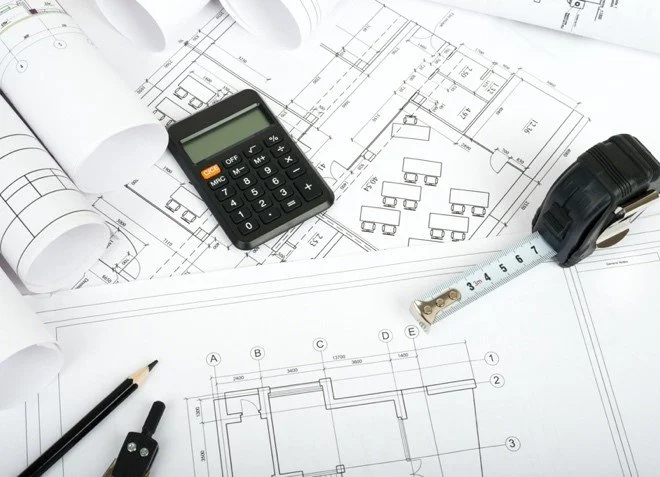For most folks, building codes can be confusing, and there are many misconceptions about how they apply. The professionals at HomePro Inspections would like to dispel some of the fallacies of building codes and explain how these codes are used in a home inspection.
Over the years, I have had first-time home buyers come to inspections and tell me that their dad said I needed to ensure everything in the house was “up to code.” I have also had dads attending home inspections who are quick to point out everything that is not up to code based on their experience as contractors. I get it. I'm a dad, and they want to ensure I'm looking out for their kids.
Which Building Code is Used?
The building codes in effect at the time of the home's construction, compared to the most recent codes, can differ significantly. Usually, I explain to people that the building codes, on average, update around every three years. They can vary from state to state, county to county, and city to city. I also explained to them that, in reality, the term building code means “minimum requirements.”
For example, my home, built in 1959, has four-inch studs in the exterior walls. At the time, this was the code. Today's code requires six-inch studs in exterior walls, but that doesn’t mean the four-inch studs in my exterior walls aren’t “up to code.” Regardless of the age of the house, there’s a good chance there will be future updates to building codes as building processes change and technologies advance.
IRC Codes
Today’s modern IRC codes, which include plumbing, electrical, HVAC, building, and fuel gas, are relatively new. Unless you live in a large city or metropolitan area and your home was built before 1975, there's a good chance that building codes may not have been enforced. Yes, there were standards back then, but government enforcement of codes was uncommon in rural areas and small towns.
It wasn’t that long ago that houses and the systems within them were not very complicated. Simple construction practices, however, sometimes resulted in disastrous outcomes. Electrical codes, for example, were some of the first written. Due to the dangers of electrical fires, inspection of electrical systems and strict enforcement were required. For similar safety reasons, some parts of the country required permits for heating systems. On the other hand, after WWII, rather than building codes, some jurisdictions had inspectors who looked at the quality of the work or any significant oversights during home construction.
Home Inspections
Our job as home inspectors is to observe, document, and educate our clients on the home's condition. When we perform a home inspection, we must look at the home's components and how they perform according to today's standards. Over the years, we have learned things we know are acceptable, and things we know are not safe or dangerous. Lead plumbing might be functional but not safe. Products made of asbestos might be functional but not safe. Old electrical systems may be functional but pose a safety threat to the home and its occupants.
Consider many of the items found during a home inspection in relation to the house you're buying. You cannot expect every house that was built in the mid-1940s to be free of lead paint, knob-and-tube wiring, or products that may contain asbestos. Nevertheless, your home inspector will highlight these items in your inspection report.
If realtors educated their clients before conducting a home inspection, they could alleviate a lot of confusion. We do home inspections to provide the buyer with information to help ensure they understand the home's condition. Once they understand this information, they can base their decisions on whether or not the home meets their needs.
Summary
Home inspectors must look at every home and consider whether it could benefit from upgrading to today's standards. Does the seller have to upgrade anything based on negotiations? There are some exceptions, but in general, the answer is no.
How people react to the information we provide in a home inspection can be interesting. Someone once told me they wouldn't purchase the home until a 1/4-inch tear in a window screen was repaired. I also had a person, after reviewing the almost 50 items on the summary page, respond, “Cool, I have some projects.”
At HomePro Inspections, our home inspectors are trained to inspect all areas of the home. Any issues found are documented in your home inspection report and recommended for resolution by yourself or a qualified professional.
Visit our website to learn more or to schedule your home inspection in the Rochester, Owatonna, and Faribault, MN areas. You can contact us today at (507) 202-8942 or use our online “Schedule Now” feature to schedule an appointment.

